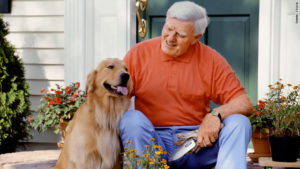 I think my dog had a seizure. What do I do?
I think my dog had a seizure. What do I do?
Dogs can develop seizures at any time during their lives. Aberrant brain activity can range from imperceptible to a full blown Grand Mal seizure. Often owners will be awakened in the wee hours of the morning as the animal thrashes about next to the bed.
Seizures can have many etiologies (causes) so most veterinarians will want to run some blood and urine tests to help them determine the cause. Many seizures have a genetic component or are idiopathic, meaning we can’t find a cause. Taking a video of the pet having the seizure and timing the event can help the veterinarian as well.
Fortunately, most seizures can be controlled with medications.





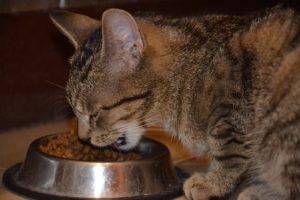 My old cat has just been diagnosed with kidney disease. Should I feed her a special diet?
My old cat has just been diagnosed with kidney disease. Should I feed her a special diet?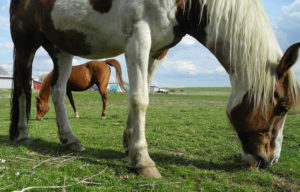 What is a grazing muzzle?
What is a grazing muzzle?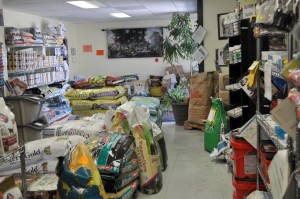
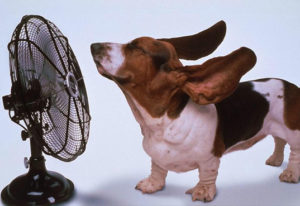

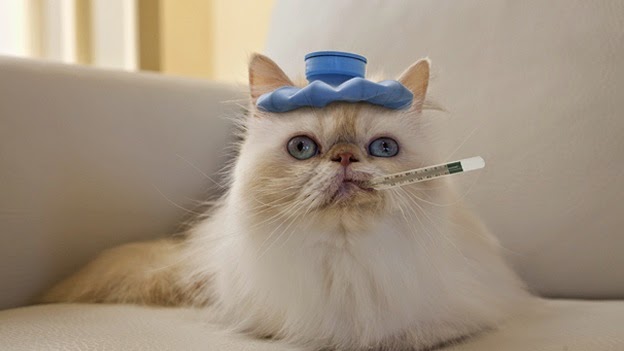 Cats can be fairly stoic animals so it may be difficult to know when your cat isn’t feeling well. Here are some signs to help you know if your feline friend is ill.
Cats can be fairly stoic animals so it may be difficult to know when your cat isn’t feeling well. Here are some signs to help you know if your feline friend is ill.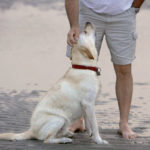 How do you avoid a dog bite?
How do you avoid a dog bite?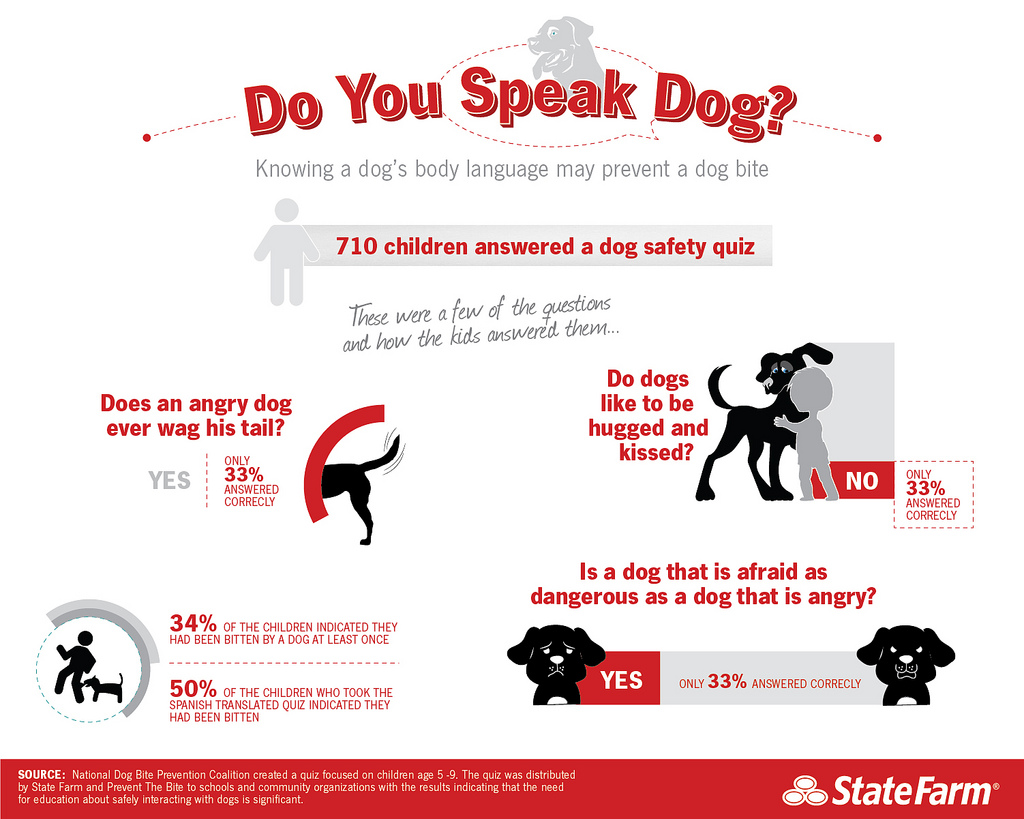
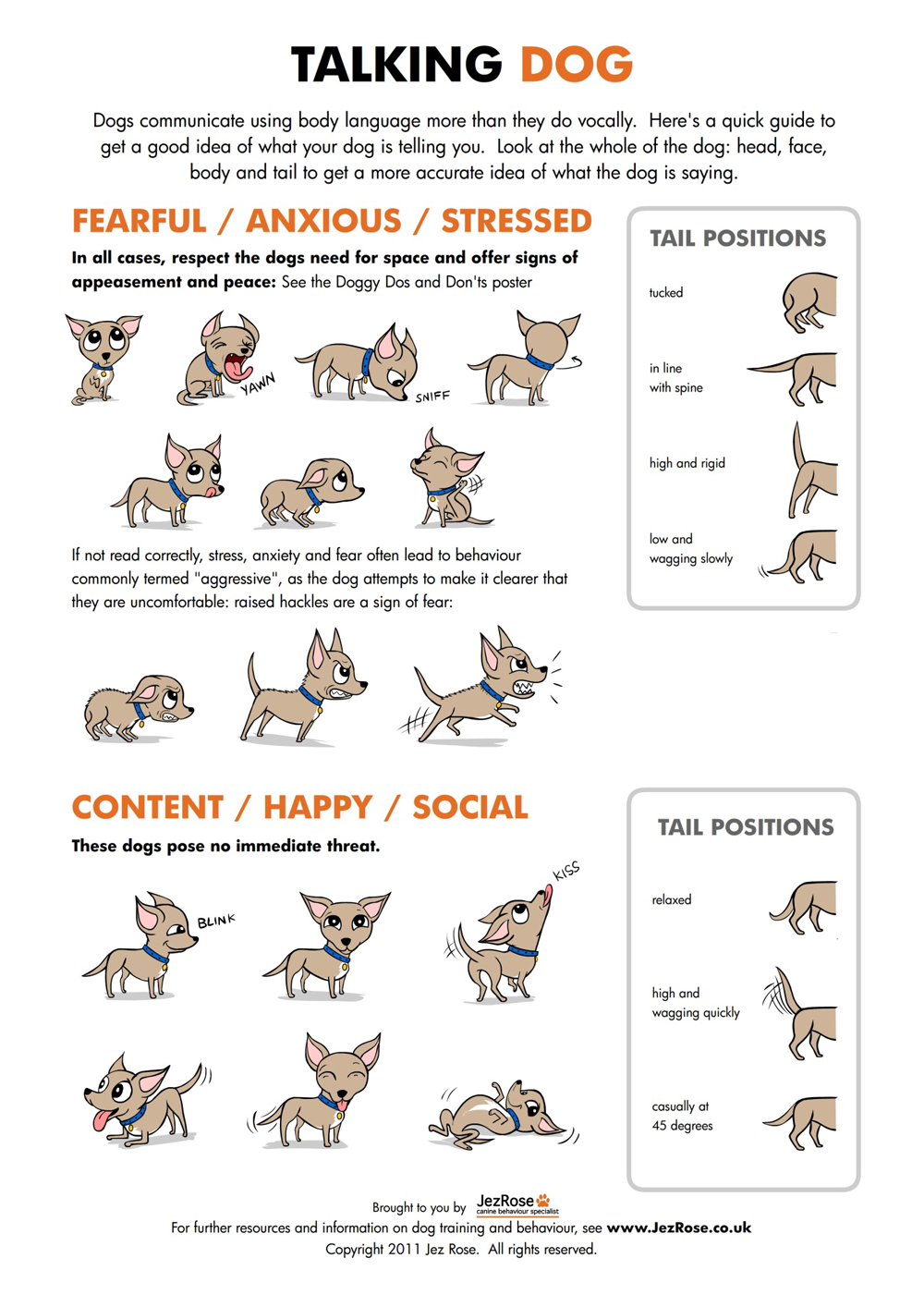 :
: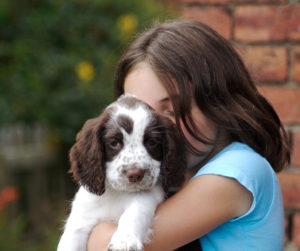 Can my kids get pinworms from our dog or cat?
Can my kids get pinworms from our dog or cat? How often should I worm my dogs and cats?
How often should I worm my dogs and cats?